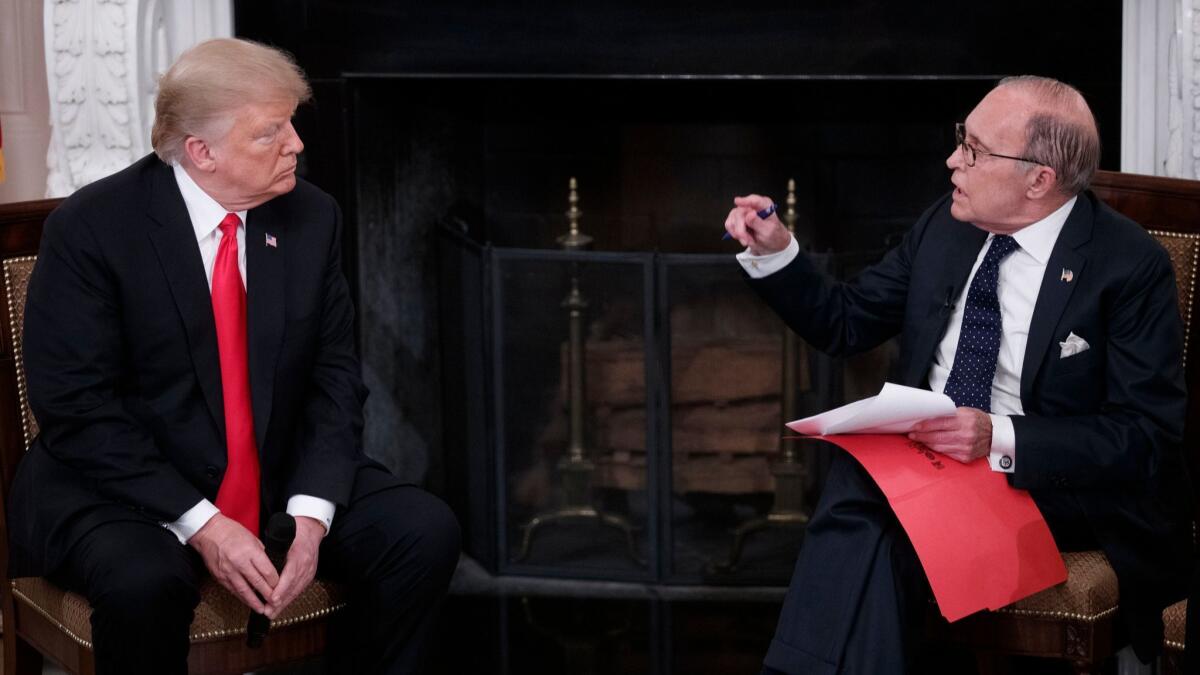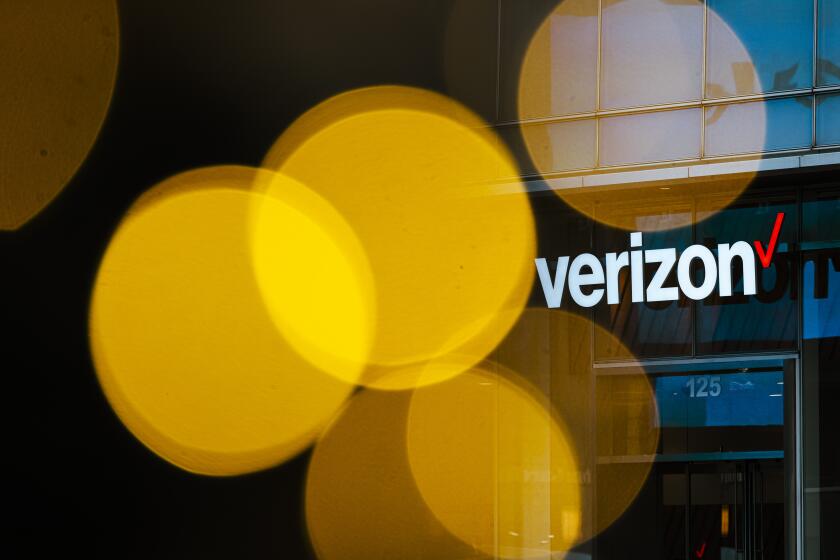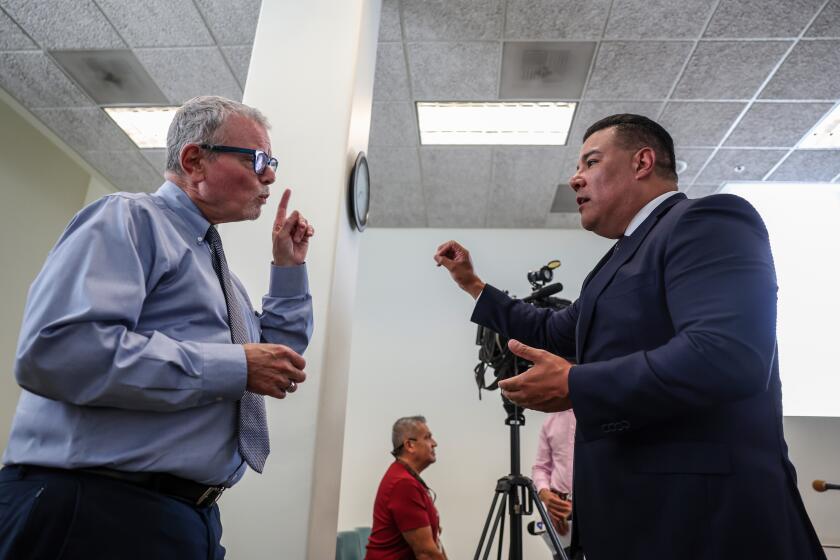Column: Will the economic chickens come home to roost in 2019?

This time last year, congressional Republicans were celebrating the coup of having passed a major tax cut over the objections of the Democratic minority.
It was a political but not an economic coup, naysayers warned. The sugar jolt delivered to the economy by a tax cut aimed at corporations and the wealthy would leave millions of middle- and working-class Americans behind, and would have little staying power.
The jury is still out on those projections, but it’s closing in on a verdict — and it may not be a happy one.
The tax cuts are kicking in, deregulation is kicking in…. It’s not a sugar high.
— White House chief economist Larry Kudlow
Amid a drop in the unemployment rate to the lowest level in nearly 50 years and two consecutive quarters of annualized gross domestic product growth exceeding 3%, other indicators are flashing warning signs. New home sales fell for the fifth consecutive month in October, dropping an estimated 12% from the level in October 2017. One factor is surely mortgage rates: Thanks in part to the Federal Reserve’s hikes in interest rates this year, rates for many conventional mortgages are climbing toward 5% after having bottomed out at just above 3% in 2012.
As has been the case for several years, the key question about the U.S. economy is whose economy it is. The topline figures on economic growth don’t necessarily translate into the economic experience of most American wage earners. The tax cut appears to have goosed corporate profits, which rose 5.2% after inflation this year through the end of the third quarter, but not wages, which rose only 0.6%.
That’s a continuation of a much longer trend: Corporate profits have outstripped wage gains since the end of the last recession in mid-2009, with the divergence picking up steam in the last year. The main beneficiaries of the corporate profit increase have been shareholders, not workers. The former are on pace to receive more than $1 trillion via share buybacks in 2018.
One thing sure to change in 2019 is the political complexion of Washington, which may become more sensitive to the needs of a working class feeling left behind in an increasingly plutocratic economy. As a research team at the Hamilton Project of the Brookings Institution observes, even an unemployment rate of 3.7% leaves 6.1 million Americans unemployed and millions more mired in jobs paying less than $15 an hour.
With Democrats taking over the House of Representatives, we may hear more in the coming year about programs specifically aimed at shoring up job opportunities for members of these sectors, including job-hunting assistance, training, subsidized wages, public jobs programs and even federally guaranteed employment.
Economists are growing concerned about headwinds to growth in 2019. The government’s fiscal condition is dreadful. The tax cut is estimated to sap government revenue by as much as 8.1% in inflation-adjusted terms and is expected to drive the federal deficit above $1 trillion for the current fiscal year, which began Oct. 1.
Leaving aside the sheer age of the expansion, there is uneasiness about whether government economic policy is in firm hands while Donald Trump is in office.
An example of how this uneasiness translates into economic uncertainty is offered by the stock market. On Dec. 3, after Trump emerged from the G-20 meetings among developed countries in Buenos Aires proclaiming commitments from China that would tamp down the trade war with the U.S., the broad market soared by about 1.1%, with the Dow Jones industrial average gaining about 298 points.
The very next day, after China failed to acknowledge the “commitments,” Trump’s own economic aides expressed puzzlement about the details and the president reiterated his devotion to high tariffs (he called himself “a tariff man” in a tweet), the market gave it all back and then some, falling more than 3%, with the Dow plummeting nearly 800 points.
It’s true that more than Trump-inspired misgivings may have been at work. Indeed, over the last few months the stock and bond markets have been emitting signals that some followers believe may indicate that the economy’s long recovery, which had lasted 113 months as of the end of November — the second-longest expansion since World War II — may have started to run out its string.
The administration hasn’t conceded defeat. “The American economy is booming,” White House economic advisor Larry Kudlow said on CNBC on Nov. 2. “The tax cuts are kicking in, deregulation is kicking in…. It’s not a sugar high.”
Sugar highs are fun, of course, until their end, which tends to come suddenly and leads to a profound desire for a long snooze.
Keep up to date with Michael Hiltzik. Follow @hiltzikm on Twitter, see his Facebook page, or email michael.hiltzik@latimes.com.
Return to Michael Hiltzik’s blog.
More to Read
Inside the business of entertainment
The Wide Shot brings you news, analysis and insights on everything from streaming wars to production — and what it all means for the future.
You may occasionally receive promotional content from the Los Angeles Times.










